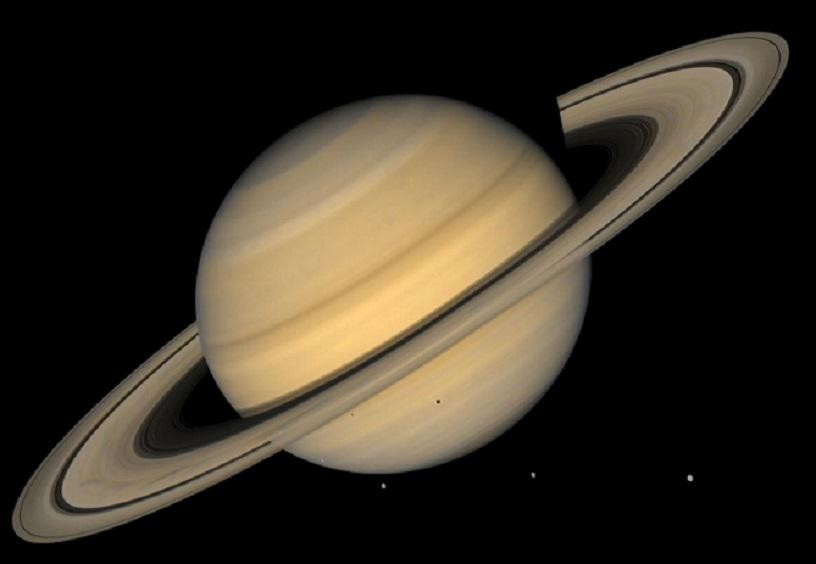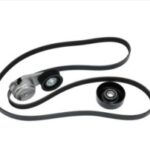Long before the automotive landscape was dominated by the electric vehicle revolution and the surge of tech-heavy features, there was Saturn. For many, the name evokes a sense of nostalgia, a reminder of a car company that dared to be different. If you’re asking “Does Saturn Still Make Cars?”, the short answer is no. Saturn, once a promising division of General Motors (GM), ceased production in 2009. However, to simply say they stopped making cars doesn’t capture the full story of this unique brand and why it still resonates with so many today.
For those who grew up in the late 80s and 90s, Saturn was more than just a car brand; it was an experience. Born from an experimental project within GM, Saturn aimed to revolutionize the car buying process and offer vehicles that were both reliable and customer-centric. Unlike the sometimes-daunting dealerships of the era, Saturn showrooms were designed to be welcoming and transparent. Sales staff were often praised for their no-pressure approach, a stark contrast to the hard-sell tactics prevalent at other dealerships. This customer-first philosophy extended to service as well, fostering a loyal customer base.
Beyond the customer experience, Saturn cars themselves offered unique features. The early S-Series models, like the SL, SL1, and SL2, became incredibly popular for their dent-resistant plastic body panels. This innovation was a practical advantage for everyday drivers, reducing worries about minor dings and dents in parking lots. These models were also known for their fuel efficiency and reliability, making them a sensible choice for families and commuters alike. Many fondly remember their Saturns as dependable vehicles that provided years of service.
The 1990s were arguably Saturn’s golden age. The brand built a strong reputation for quality and customer satisfaction. However, as the automotive industry evolved into the 21st century, Saturn began to lose its distinct identity. While they introduced models like the Vue SUV, the sporty Sky roadster, and the Astra compact car, these vehicles were increasingly seen as rebadged versions of other GM products, diluting the unique Saturn DNA that had initially attracted customers.
The global economic recession of the late 2000s proved to be the final nail in the coffin for Saturn. General Motors, facing severe financial difficulties, made the tough decision to streamline its brand portfolio. Saturn, along with Pontiac, Hummer, and Saab, were slated for either sale or closure. Despite attempts to find a buyer for Saturn, a deal ultimately fell through, and the brand was officially discontinued in 2009.
So, while Saturn may no longer be producing new cars, its legacy lives on. For many, Saturn represents a time when car buying was less stressful and more focused on the customer. The brand’s emphasis on innovation and its commitment to building a community of owners created a lasting impression. While you can’t walk into a dealership and buy a brand-new Saturn today, the used car market still offers a selection of these vehicles, a testament to their enduring appeal and the fond memories they evoke. Perhaps one day, the spirit of Saturn, with its customer-centric approach and innovative thinking, will inspire a new automotive brand to rise and recapture the hearts of car buyers.

